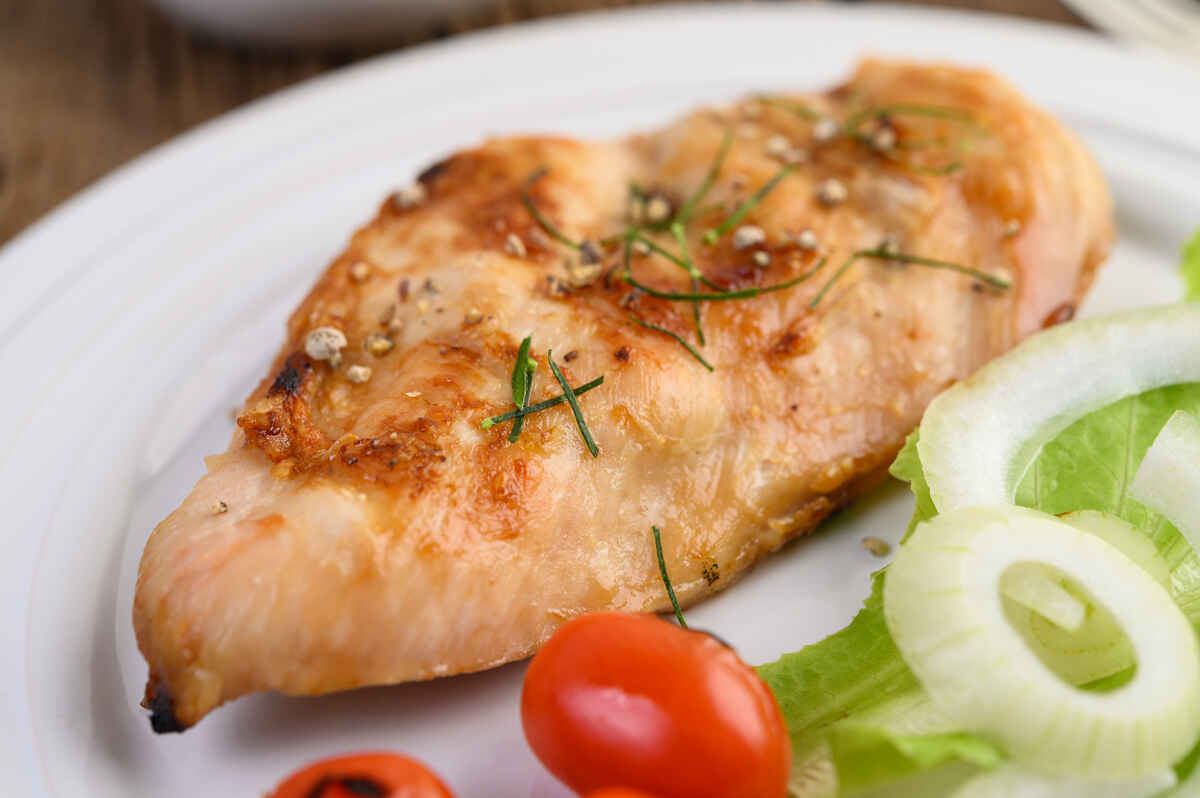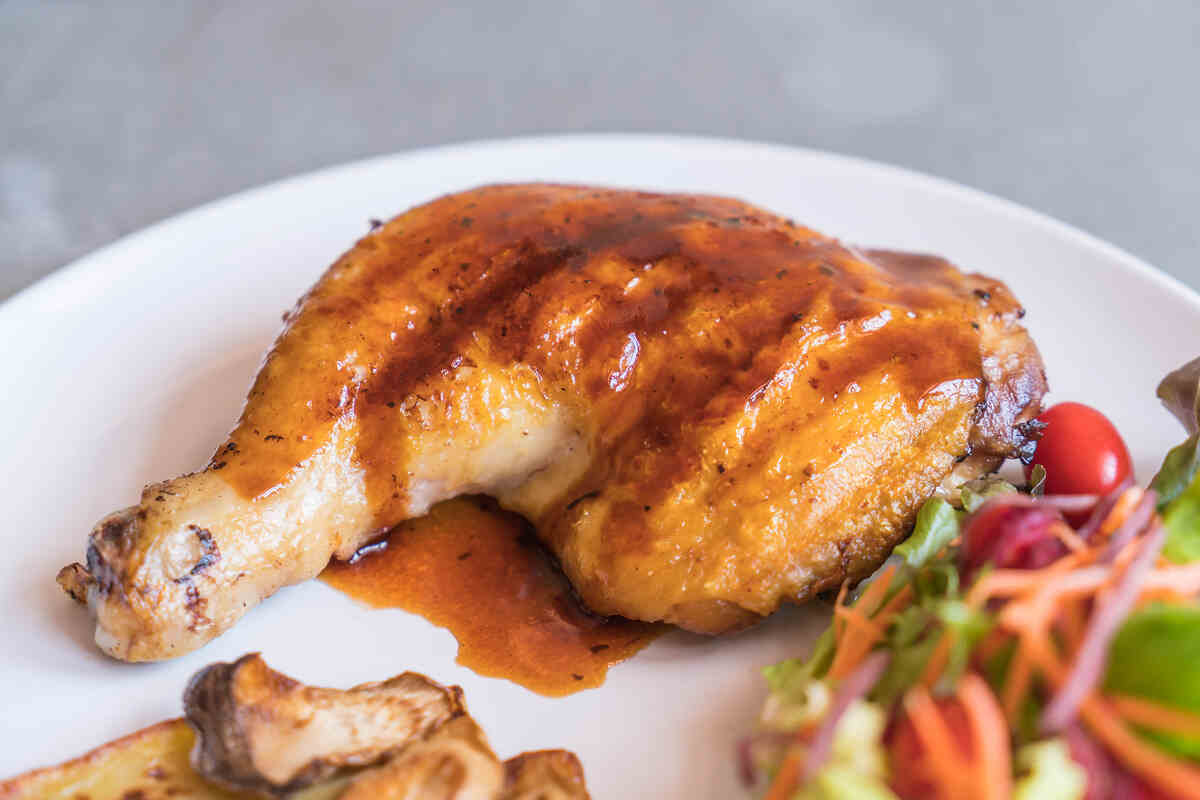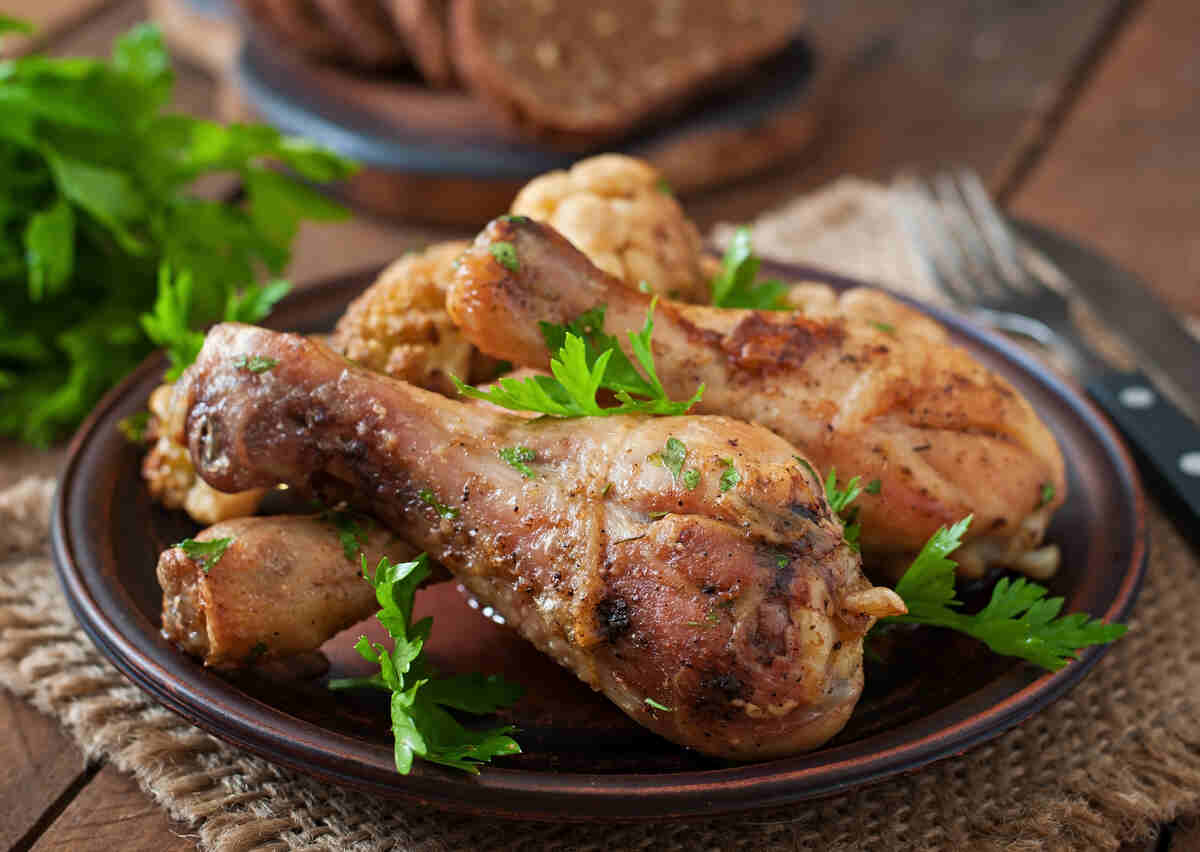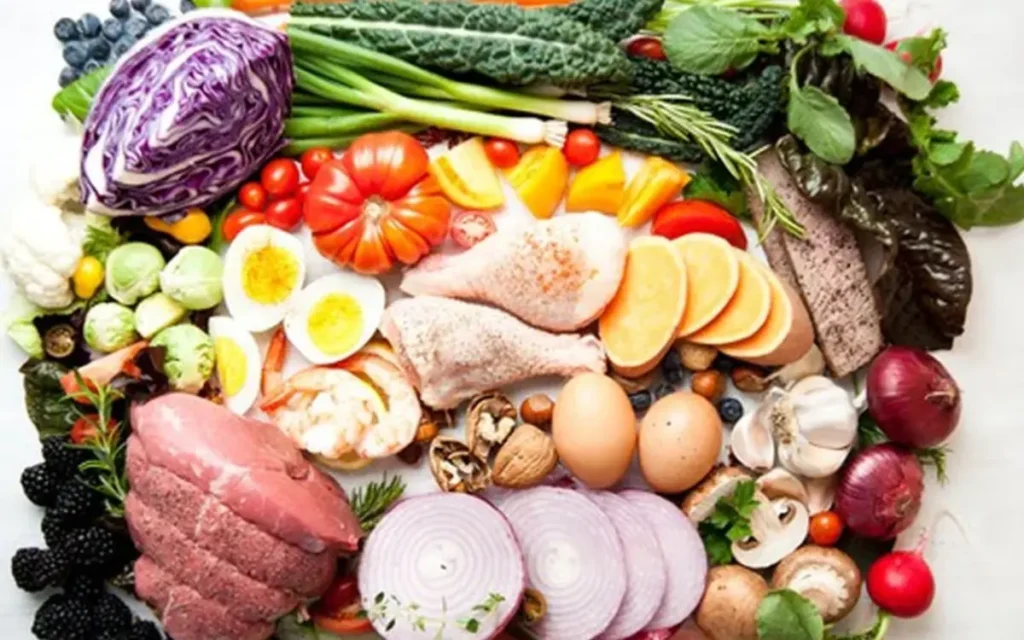Chicken wings are a tantalizing delicacy, often enjoyed at gatherings or as a savory snack. While they are undeniably delicious, understanding their nutritional content is essential for those monitoring their diet. This article delves into How Do You Figure Out Nutritional Amount For Wings, comparing them with other popular chicken cuts, and offers insights on calculating the dietary values accurately.
Nutritional Profile of Chicken Wings
When considering nutritional value of chicken wings, looking at the serving size is pivotal. For every 3.5 ounces (100 grams) of chicken wings, the following dietary data can be observed:
- Calories: 203
- Protein: 30.5 grams
- Fat: 8.1 grams
This breakdown indicates that approximately 64% of the calories derive from protein, while the remaining 36% come from fat. However, it’s important to note that each wing—averaging 90 calories—contains about 8 to 10 grams of protein, making it a feasible option for incorporating into a fun food day without derailing dietary goals.
Variations in Caloric Content
The calorie content of chicken can fluctuate based on several factors, including the specific cut of the chicken and its preparation method. Common chicken varieties generally contain 155 to 203 calories per 3.5-ounce (100-gram) serving. The appeal of chicken lies in its status as a lean protein source, providing a substantial amount of protein without excessive fat.
Different Cuts of Chicken: Nutritional Insights
Chicken is available in various cuts, each offering distinct caloric and nutritional profiles. Here’s a closer look at the most popular cuts:
| Cut of Chicken | Calories (per 3.5 oz / 100 g) | Protein (g) | Fat (g) | Carbs (g) |
|---|---|---|---|---|
| Chicken Breast | 165 | 31 | 3.6 | 0 |
| Chicken Thigh | 179 | 24.8 | 8.2 | 0 |
| Chicken Wing | 203 | 30.5 | 8.1 | 0 |
| Chicken Drumstick | 155 | 24.2 | 5.7 | 0 |
| Chicken Tenderloins | 89 | 18.3 | 1.4 | 0 |
| Chicken Back | 239 | 28.5 | 14.2 | 0 |
| Dark Meat | 178 | 26 | 8.5 | 0 |
| Light Meat | 153 | 24 | 6.6 | 0 |
Chicken Breast

One of the most favored cuts, chicken breast, is revered for its high protein and low-fat content. A skinless, boneless, cooked chicken breast weighing 172 grams contains:
- Calories: 284
- Protein: 53.4 grams
- Fat: 6.2 grams
Approximately 80% of calories in chicken breast are from protein, while only 20% derive from fat.
Chicken Thigh

Chicken thighs present a more succulent option due to their higher fat content. A cooked chicken thigh weighing 116 grams typically contains:
- Calories: 208
- Protein: 28.8 grams
- Fat: 9.5 grams
In this case, 55% of the calories come from protein and 45% stem from fat.
Chicken Drumstick

Chicken drumsticks provide a rich flavor, including thigh and lower leg portions. A skinless, boneless drumstick weighing 96 grams yields:
- Calories: 149
- Protein: 23.2 grams
- Fat: 5.5 grams
The proportion of calories from protein is about 65%, while 35% are attributed to fat.
Impact of Chicken Skin
The nutritional content alters significantly when considering the skin of the chicken. A skinless chicken breast hold 284 calories, with a protein-to-fat ratio skewing heavily towards protein. Conversely, including the skin dramatically alters these numbers. For instance, a boneless chicken breast with skin can clock in at 386 calories.
- Boneless Cooked Chicken Breast with Skin (196 g):
- Calories: 386
- Protein: 58.4 g
- Fat: 15.2 g
- Calories from Protein: 61%
- Calories from Fat: 39%
The same principle applies to chicken wings: a skinless wing provides 43 calories, while a wing with skin increases the caloric count to 86 calories, demonstrating that 60% of the calories in skin-on wings come from fat.
Cooking Methods and Their Effects
The cooking method significantly impacts the nutritional profile of chicken. While chicken meat is naturally low in calories, additional ingredients and cooking techniques can drastically increase the caloric content. For example:
- A skinless, boneless chicken thigh has about 208 calories. However, if fried in batter, this number escalates to 238 calories.
- A boneless skinless chicken wing has 43 calories but may rise to 61 calories when glazed in barbecue sauce.
Opting for cooking methods such as poaching, roasting, grilling, or steaming minimizes the calorie count, allowing for a healthier dining experience.
Conclusion
Chicken, particularly wings, can be a delightful addition to a varied diet when prepared mindfully. Understanding the nutritional values associated with different cuts and preparation methods empowers individuals to make choices that align with their health & fitness aspirations.













